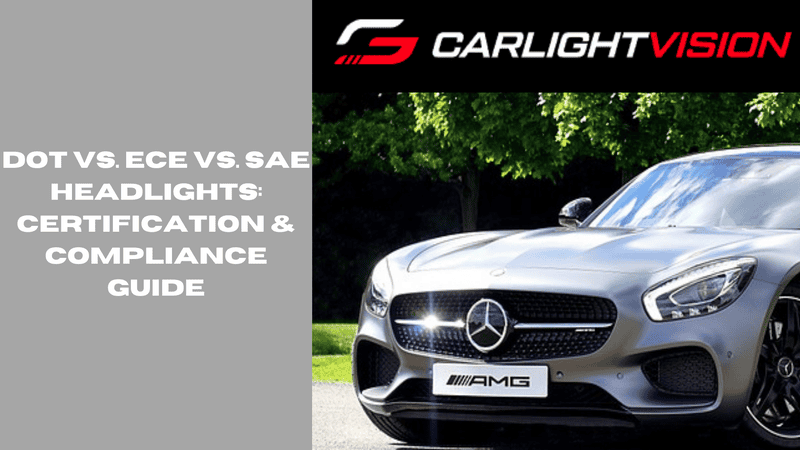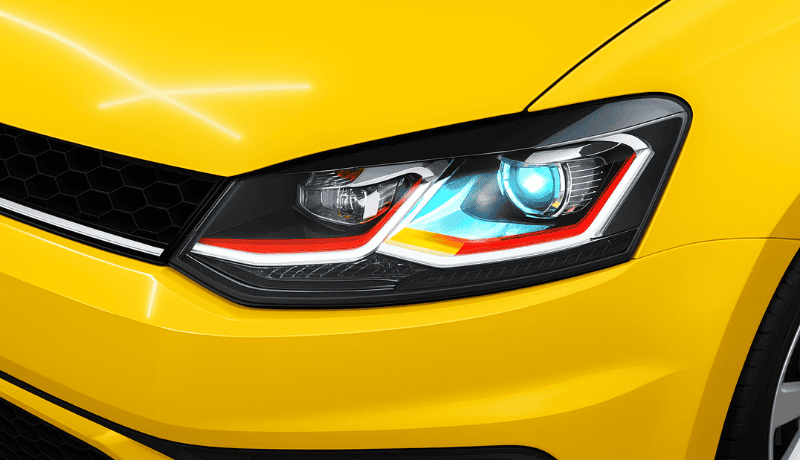LED Headlight certifications help businesses to comply with local lighting standards. The regulatory standards also help to avoid legal issues. You will never face vehicle recalls or penalties, and you will enhance safety. This LED headlight certification guide will explain DOT, ECE, and SAE headlight standards. Also, a step-by-step import guide and how to purchase compliant LED headlights in bulk.
Understanding DOT, ECE, and SAE Headlight Standards
Auto Lighting Regulations 2025 are introducing stricter laws. Businesses must stay updated to meet local regulations for legal and safe operations. It’s essential to understand the vehicle headlight legal regulations.
You can manufacture, sell, and purchase perfect lighting solutions according to local standards. The three primary regulatory standards for LED headlights are:
- DOT(Department of Transportation): DOT compliance is used in America and Canada. It implements legal regulations of vehicles in the respective countries.
- ECE(Economic Commission of Europe): ECE standards are used in Europe, Asia, and Australia. It sets headlights standards to reduce glare and enhance visibility.
- SAE(Society of Automotive Engineers): SAE gives recommendations and sets regulations. OEM manufacturers adopt these recommendations to meet headlight standards in North America
What is DOT Certification?
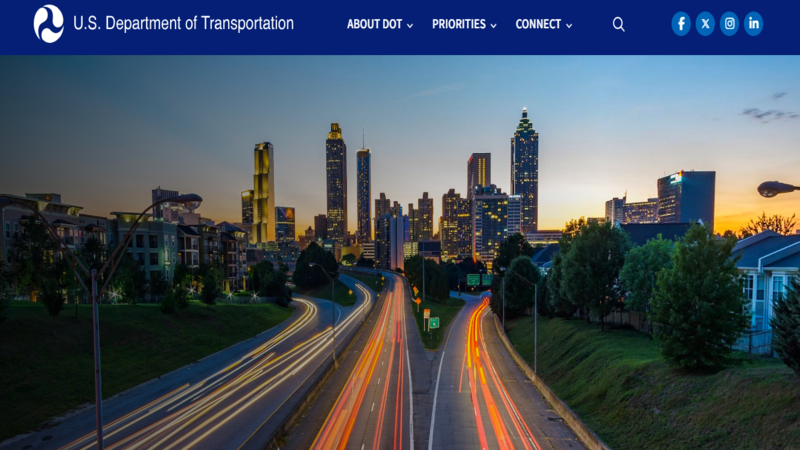
DOT compliance LED headlights are required if you operate in America or Canada. This means the LED headlight must meet the FMVSS ( Federal Motor Vehicle Safety Standards). It is enforced by the National Highway Traffic Safety Administration (NHTSA).
Key Compliance Factors for LED Headlights
DOT-approved LED headlights means that it must comply with the FMVSS 108. The key compliance factors to regulate the LED headlights legally and lightening are:
- Beam Pattern Control: The headlight beam pattern must prevent glare. Uncontrolled beam patterns can blind oncoming drivers.
- Brightness limitations: Maintains safe visibility without excessive dazzle.
- Mandatory markings: DOT-approved headlights must be labeled for easy verification.
DOT-approved headlights undergo photometric testing. It ensures that the beam intensity, spread, and glare are controlled for safety.
What is ECE Certification?
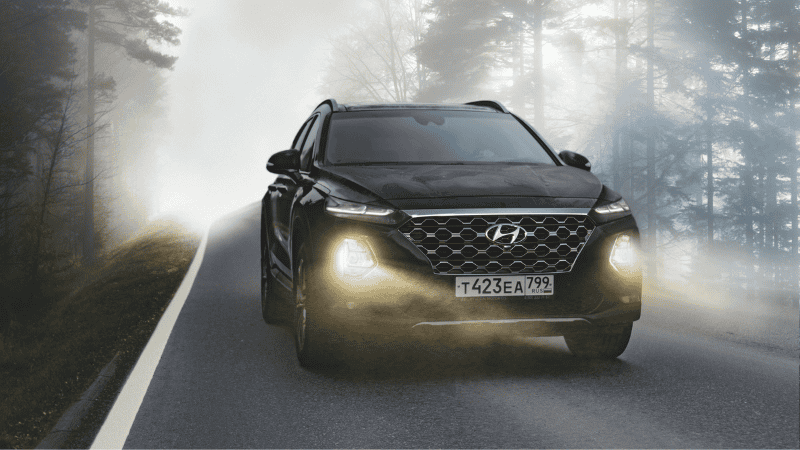
The ECE R149, formerly ECE R112 regulation, applies to Europe, Australia, and parts of Asia. ECE-approved headlights are indicated by an “E-Mark.” This mark ensures that the headlight meets the European Standards for headlight lighting.
Unlike DOT, ECE-compliant headlights have adaptive lighting options and a sharper cutoff.
Key Compliance Factors for ECE R112-Certified LED Headlights
- Strict Beam Cuttoff Angles: It reduces glare, which can affect pedestrians and drivers.
- Adaptive Lighting Features: It supports automatic dimming and road adjustments.
ECE-approved headlights pass beam cutoff testing for precise light distribution. Vehicles equipped with adaptive LED headlights undergo dynamic lighting response tests. These tests make the headlights project light well.
Many countries in the world have adopted ECE regulations. They follow these guidelines to meet global standards for headlight lighting.

What is SAE Certification?
SAE standards are not legally required. They are commonly followed by US automotive manufacturers. SAE provides specifications on fog lights, headlight color, and brightness levels.
Key SAE Headlight Standards
- SAE J1383: This standard focuses on headlamp performance requirements. It includes levels of illumination and glare prevention.
- SAE J583: It defines the standard for fog light intensity and spread.
- SAE J578: It regulates headlight color to ensure white or amber output.
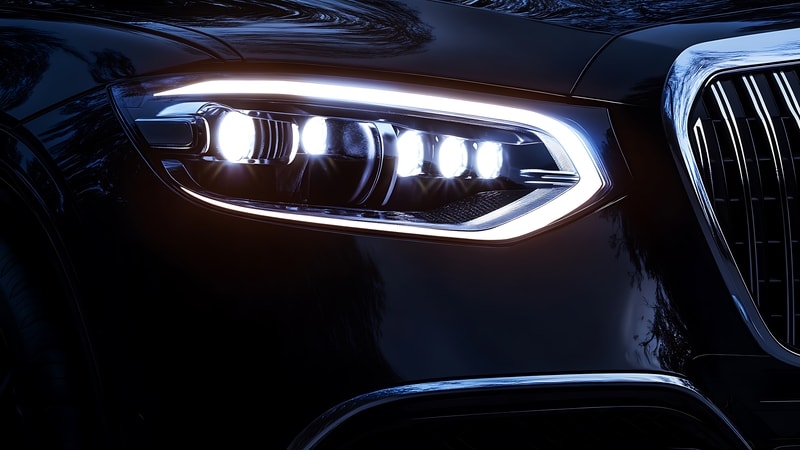
How SAE Differs From DOT and ECE
SAE standards are similar to industry guidelines, not legal regulations such as DOT and ECE. DOT regulations are mandatory to follow for road use in the USA and Canada. The DOT standard focuses on strict beam control and brightness limits.
ECE standards are required in Europe, Asia, and Australia. It emphasizes adaptive lighting and glare prevention. Manufacturers of OEM parts use SEA standards. It focuses on quality assurance and performance consistency. Unlike DOT and ECE, SEA compliance does not make a headlight road legal.
Key Differences: DOT vs. ECE vs. SAE Headlights
In short, DOT and ECE standards are regulations that are applied in different regions. However, SAE develops technical standards. It also covers LED headlight regulations. Sometimes, SAE regulations are incorporated into DOT and ECE regulations.
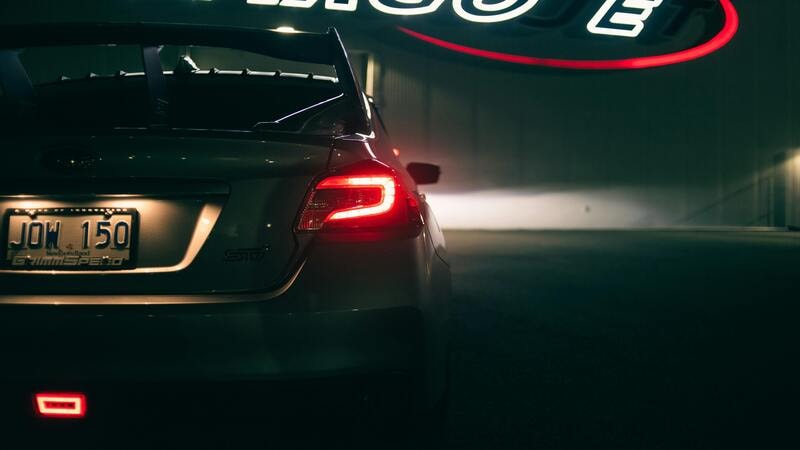
You can understand the key differences between DOT vs ECE vs SEA by the following:
| Feature | DOT(US and Canada) | ECE(Europe and Asia) | SAE(North America) |
|---|---|---|---|
| Legal Requirement | Mandatory | Mandatory | Recommended |
| Beam Pattern | Controlled Upper Cuttoff | Sharp Cuttoff | Generalized |
| Brightness Limit | 500-3000 Candela | 140,000 Candela | Recommended 500 to 3000 Candela |
| Adaptive Lighting | Limited | Allowed | Allowed |
| Fog Light Standard | Must meet SAE J583 Standard | ECE 19(selective yellow or non-spectral yellow) | Follow SAE J583 standard |
| Color Temperature | 5000K to 6500K(similar to daylight) | 4300K to 6000K(white light) | 4300K to 6000K |
Why Global Buyers Need to Understand DOT, ECE, and SAE Standards for LED Lights
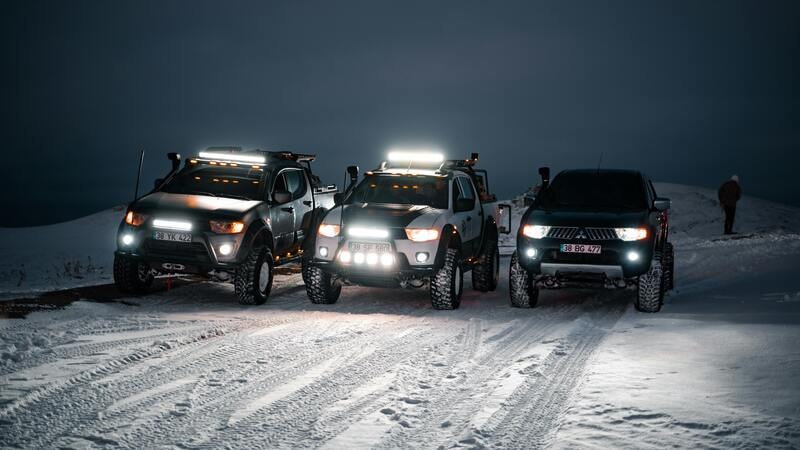
By understanding DOT, ECE, or SAE regulations, businesses avoid penalties and legal compliance. Different markets have specific headlight certification requirements for LED lights. So, non-compliant products can be banned from sale and use. By understanding these regulations:
- Businesses can avoid vehicle recalls.
- Manufacturers can make region-specific headlights for global markets.
- Importers or resellers can avoid selling illegal products.
Auto Lighting Regulations 2025: What’s Changing?
The evolution in automotive technology also updates the headlight regulations. Regulations are updated from time to time to improve road safety and visibility. In 2025, major changes are expected in DOT, ECE, and SAE. These changes will directly affect manufacturers, fleet operators, and importers.

Upcoming US DOT Regulations
The US Department of Transportation(DOT) is enforcing strict glare reduction rules. These rules are applied for road safety. DOT has recently allowed the use of adaptive driving beams (ADB) in vehicles.
ADB technology adjusts LED light brightness based on road conditions. Aftermarket headlights and LED conversions will also help prevent non-compliant modifications.
New ECE Adaptive Lighting Rules in Europe
The Economic Commission for Europe(ECE) is implementing regulations following ECE R112. It focuses on adapting lighting systems. It adjusts the light according to weather, traffic, steering angle, and vehicle speed. This will apply stricter beam cutoff requirements and automated dimming to reduce glare.
European standards will also tighten efficiency benchmarks. This will reduce the energy consumption of LED headlights while also maintaining performance.
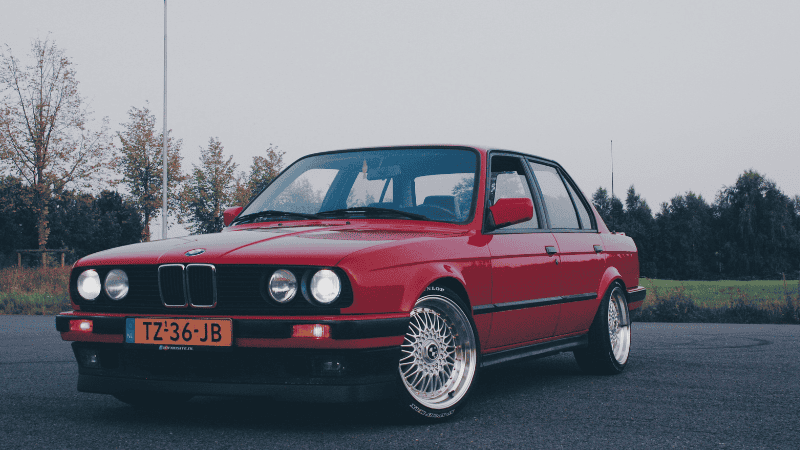
How Manufacturers & Fleet Owners Should Prepare
Automotive manufacturers and fleet owners should source certified LED headlights. Businesses that are importing headlights to the US or Europe verify supplier certifications.
They should also adopt the latest testing standards for vehicle inspections. The aftermarket LED headlight installations align with legal safety standards.
Businesses can stay compliant and improve safety by understanding the new 2025 headlight regulations. They can future-proof their vehicle lighting investment.
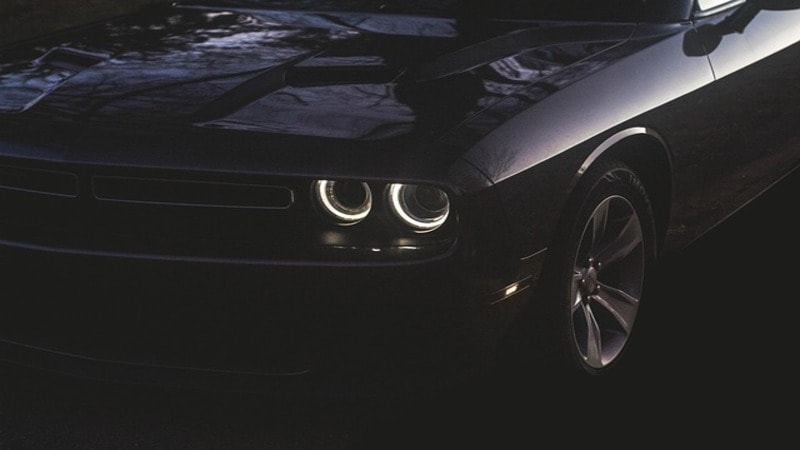
Choosing Compliant LED Headlights for Fleet & Commercial Use
Standard DOT, ECE, and SAE-compliant LED bulbs are essential for businesses. The use of non-compliant LED lights results in safety risks. You can face fines and failed inspections.
It also damages the company’s reputation. Here are some key factors to consider to comply with industry standards:
Best LED Headlights That Meet DOT, ECE, and SAE Regulations
A trusted manufacturer plays a vital role in providing high-quality, compliant LED headlights. Carlightvision has been a leading supplier since 2008. They specialize in custom automotive lighting solutions. Every product meets DOT, ECE, and SAE standards for road safety and performance.

At Carlightvision, all headlights are tested and certified. Headlights comply with DOT (FMVSS 108), ECE R149, and SAE standards for legal use on roads worldwide.
Carlightvision produces 1,000,000+ lighting units per month. They use state-of-the-art facilities and advanced R&D technology. With 15+ years of experience, it has served 100+ brands worldwide.
Carlightvision headlight technology meets the highest standards. With a dedicated team of 70+ R&D experts, each headlight enhances road visibility.
Key Features to Look for in Certified Headlights
Some key factors are essential to consider when choosing certified LED headlights. These factors help you choose the right one with improved performance. It also helps to follow the industry standards:
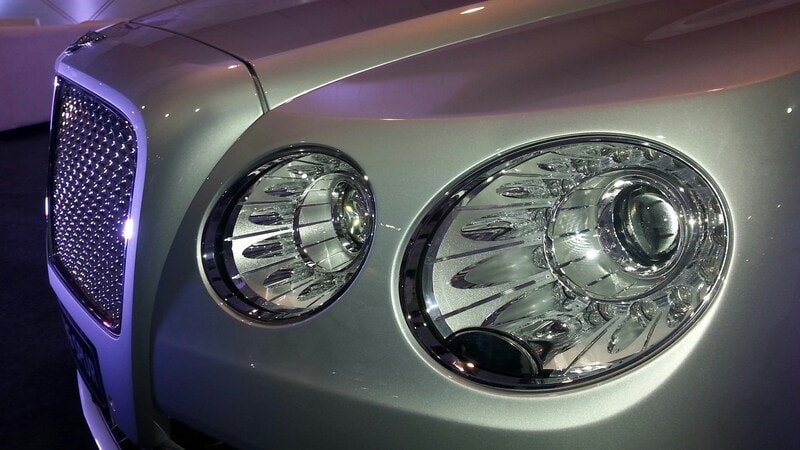
Beam Pattern Control
Light beam pattern is the light angle, shape, and distance from the lighting source. Beam pattern control is essential for road safety especially in nighttime driving. Improper beam patterns can cause glare and reduce visibility.
Proper LED headlight bulbs create a sharp 45-degree cutoff line on low beams. This helps prevent glare for oncoming drivers. When switched to high beams, they focus light forward. This improves the visibility of oncoming traffic on the road.
Waterproofing & Durability
Look for the headlights with IP67 or IP68 ratings. These headlights offer protection against water, dust, and harsh weather conditions. Shock-resistant housings are essential for vehicles operating in rough environments.
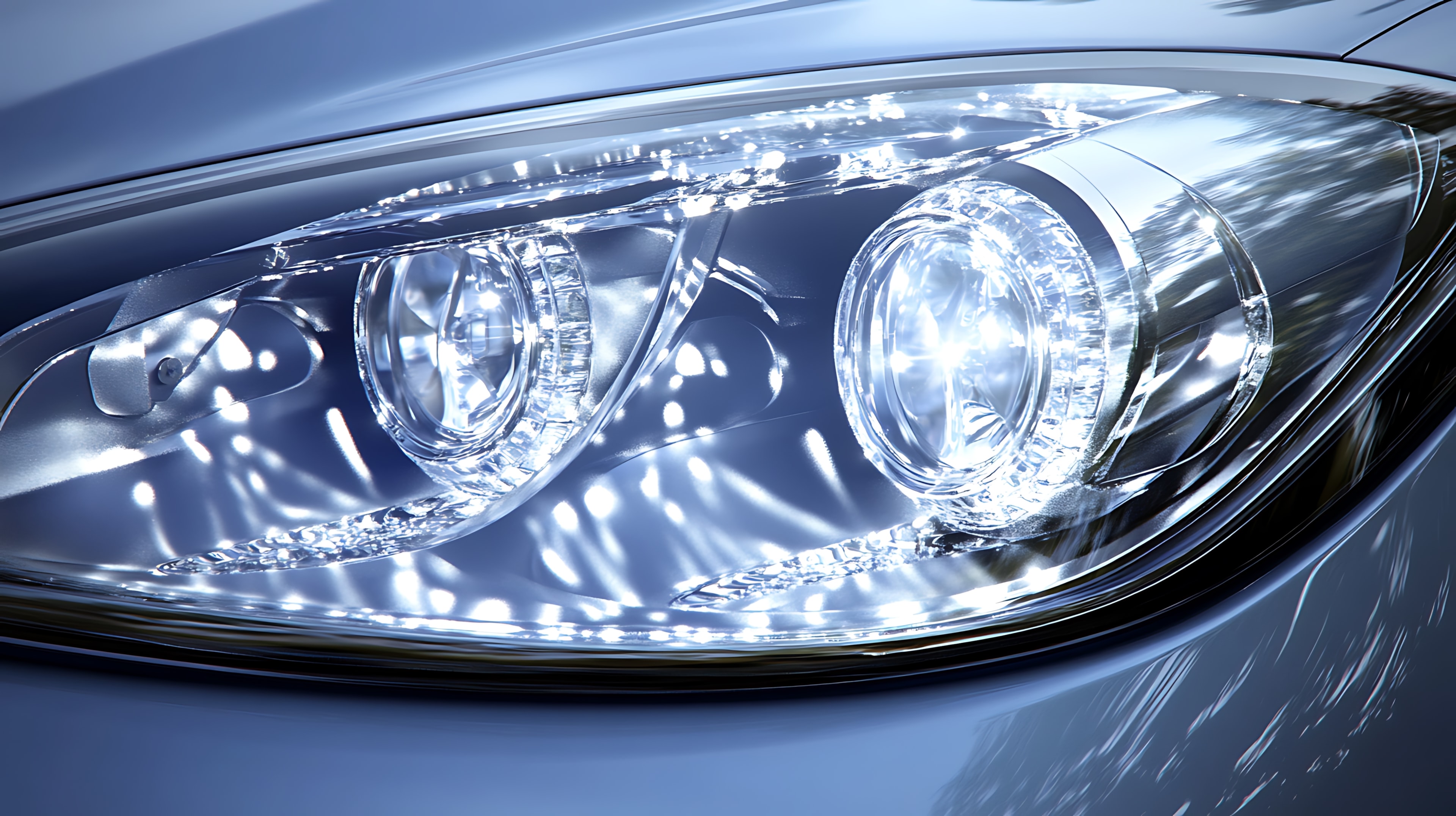
Energy Efficiency for Fleets
If we compare Halogen vs LED, the result is that LED headlights consume less power. It proves to be energy efficient than halogen or HID options. It also reduces the fuel cost in commercial vehicles. LED brake lights with advanced heat dissipation technology extend lifespan at a lower cost.
Why Compliance Matters for Business Buyers
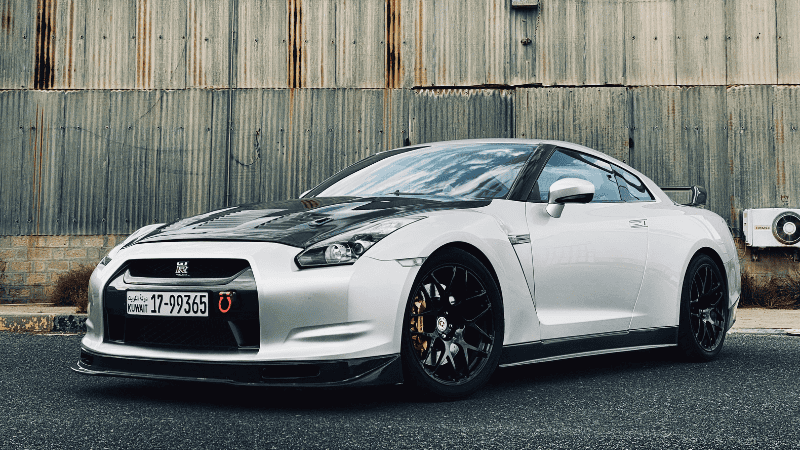
Using noncompliant LED headlights in businesses can result in the following:
- Failed safety inspections lead to vehicle downtime.
- Legal penalties for violating road safety laws.
- The improper lighting or high-intensity discharge reduced driver safety. This leads to accidents.
Businesses that choose headlights certified by DOT, ECE, and SAE are compliant. It enhances safety and saves long-term costs.
Headlight Regulations and Compliance
Headlight regulations vary by region. DOT, ECE, and SAE set the standards for safety and visibility. In the USA and Canada, DOT compliance follows FMVSS No. 108. DOT requires headlights to have high and low beams.
Proper mounting and color temperature range are enforced by NHTSA. The use of white and blue lights is also encouraged.
ECE compliance, primarily in Europe, Asia, and Australia, is governed by ECE R149. It focuses on safe illumination, glare control, and durability. It also enforces rigorous lab testing before approval. SAE sets standards for the global industry for driving lamps, fog lamps, and headlights. It aims to control glare to improve visibility.
Headlights compliant with these regulations avoid safety risks, legal issues, and product recalls. It is crucial to check for DOT, ECE, or SAE approvals before purchasing.
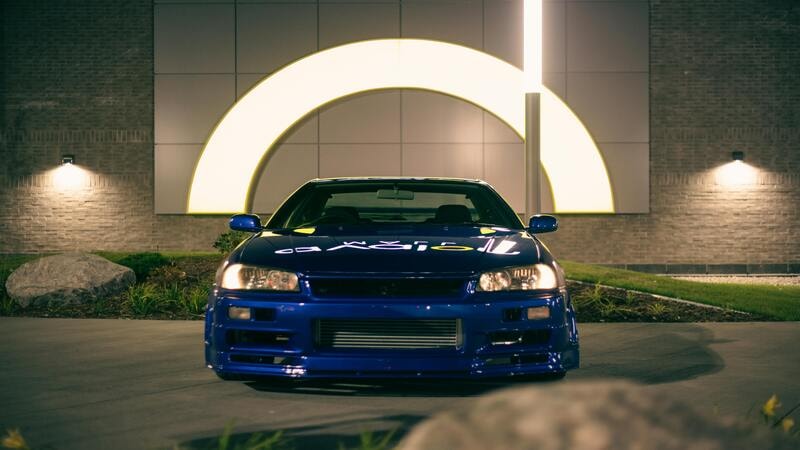
Where to Buy Compliant LED Headlights in Bulk
Purchasing compliant LED headlights in bulk will benefit you in many ways. It will save 20% in costs and ensure safety concerns and regulatory compliance.
There are various options to purchase in the market. So, it’s difficult to decide where and how to buy DOT, ECE, or SAE-approved LED headlights. Here’s what you can do:
Top Suppliers Offering Certified LED Headlights
When buying LED headlights in bulk, work with trusted manufacturers and suppliers. Here are some key sources:
Direct Manufacturers: Original equipment manufacturers offer better pricing, warranty coverage, and guaranteed compliance. Many OEM(original Equipment Manufacturers) specialize in DOT, ECE, and SAE-approved headlights. They offer headlights for commercial and fleet vehicles.
Wholesale Distributor: Automotive parts distributors import and sell compliant LED headlights. They also offer competitive pricing, bulk discounts, and fast shipping.
B2B Marketplaces: Online platforms connect buyers with manufacturers. Here customers can check the review, pricing, and certification before bulk purchase.
Local Automotive Suppliers & Dealers: Local suppliers also offer some advantages. They provide quick delivery, lower shipping costs, and hands-on product inspection.
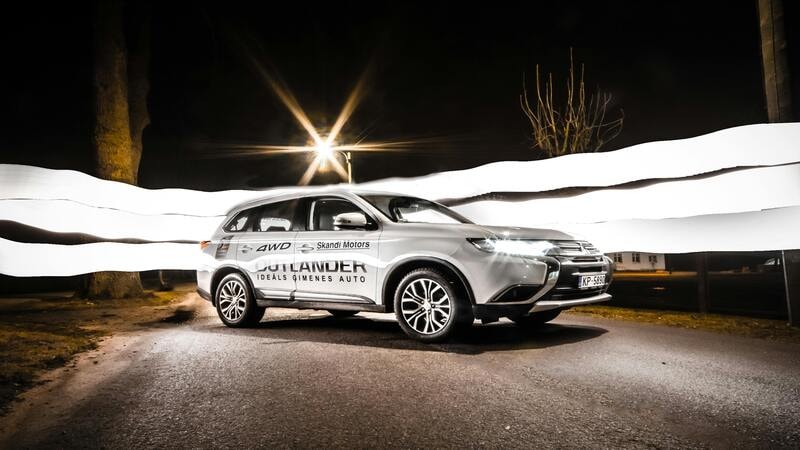
Bulk Order Considerations: MOQ, Pricing, and Lead Time
After selecting a purchasing option, businesses should evaluate some other key factors:
MOQ(Minimum Order Quantity): This factor affects the bulk purchase. Some suppliers require a minimum purchase, sometimes ranging from 50 to 1,000 units per order. So, consider a manufacturer that meets your needs.
Pricing and Discount: Bulk buyers can negotiate discounts when ordering large quantities. Prices can vary based on headlight features, certification, and brand.
Lead Time & Delivery: Production and shipping times should be aligned with business needs. Some custom or high-volume orders take longer. Manufacturing and quality checks can take a lot of time.
How to Verify Supplier Certifications Before Buying
To get the DOT, ECE, and SAE-approved headlights, supplier certifications are required. It can help businesses avoid legal issues, product recalls, or customer complaints.
- Check Product Labels and Markings: Certified LED headlights come with engravings. DOT, ECE, or SAE markings are on the product or packaging.
- Request Compliance Certificates: Ask suppliers for FMVSS No. 108 (DOT), ECE R149 (ECE), or SAE J standards compliance documents.
- Review Manufacturer Reputation: Research the supplier’s track record and customer reviews. Also, check the warranty policies.
- Ask for Product Samples: Testing a sample before bulk ordering is also essential. It will clarify the LED brightness and headlight bulb type. Also, the beam pattern and durability can be examined.
By following the above factors, businesses can receive high-quality, legally compliant LED headlights.
How to Import LED Headlights Step-by-Step
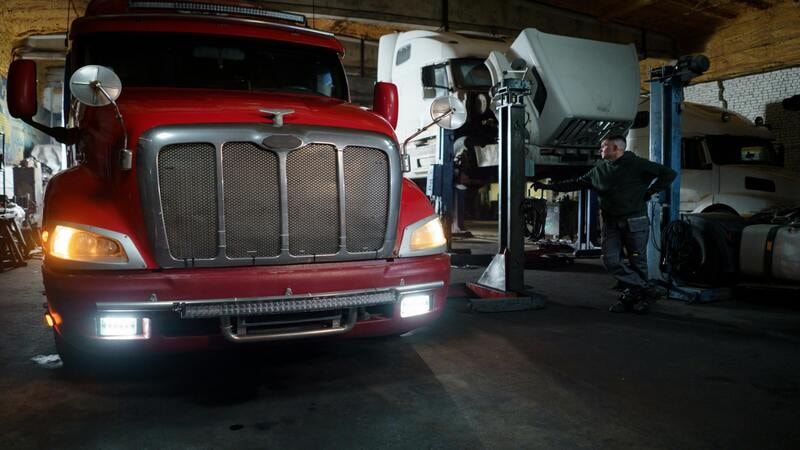
If you want to import LED headlights, careful planning is a must to avoid any legal issues. Here’s a step-by-step guide to help you navigate the process smoothly:
Step 1: Research Import Regulations
Before importing, understand the legal requirements in your target market. Different countries follow different standards. DOT in the US and Canada and ECE in Europe, Asia, and Australia. Some other markets also follow SAE or local regulations.
Check customs requirements, product restrictions, and safety standards to import a product legally. Choose a supplier that produces certified LED headlights. Check legal and testing certificates to prove safety standards. Prioritize a manufacturer who can provide custom labeling and documentation for imports.
Step 3: Negotiate Pricing and Shipping Terms

When you confirm compliance, discuss the cost. Also, confirm the shipping method(Air freight or sea freight) and payment terms. Ask about import duties, taxes, and tariffs to calculate the total cost.
Step 4: Arrange Product Testing and Quality Control
To avoid defective products, request pre-shipment inspections to check quality and compliance. You can also ask for sample orders before making bulk purchases.
Step 5: Handle Customs Clearance & Documentation
Prepare the necessary import documents. Commercial invoice, bill of lading (BOL), and Airway bill are included in this. A certificate of compliance and import permit will also be required. Work with a customs broker to speed up clearance and avoid delays.
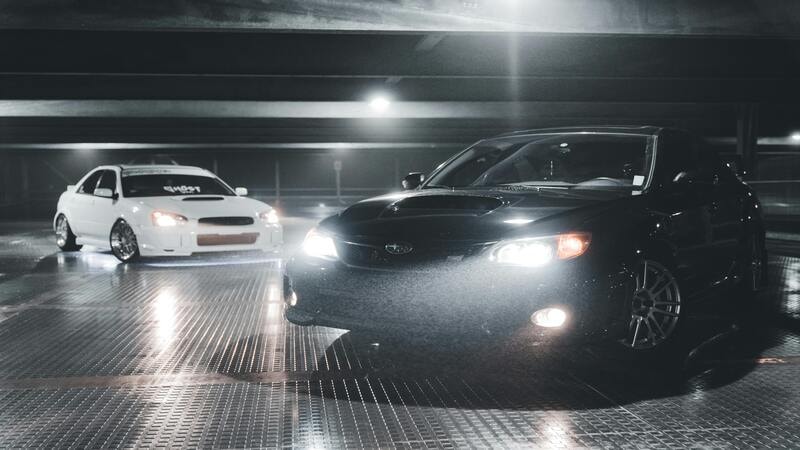
FAQs
What is the difference between DOT and ECE?
DOT standards apply in the US, focusing on visibility and safety. At the same time, ECE is used internationally. It emphasizes uniformity and glare reduction.
Is SAE the same as DOT?
No, SAE gives performance guidelines. While DOT ensures legal compliance for road use in the US.
How to tell if the headlights are DOT-approved?
Look for the “DOT” marking on the headlight lens. It indicates compliance with FMVSS 108 standards.
Conclusion
LED headlights should comply with DOT, ECE, or SAE standards. You can adopt a standard according to the region. Non-compliant headlights can lead to fines, recalls, and safety hazards.
By prioritizing regulation-compliant lighting, businesses can enhance road safety. They can also maintain a strong reputation and prevent unnecessary legal issues. Always source from reputable suppliers like Carlightvision to ensure quality and compliance.
Get DOT, ECE, & SAE Certified LED Headlights- Order in Bulk Today!
Do you want a certified, high-quality, cost-effective LED headlight solution? Carlightvision is a certified, leading LED headlight manufacturer with 15 years of experience.
Contact us now to get a free compliance consultation from our experts. Request a bulk order quote today!
